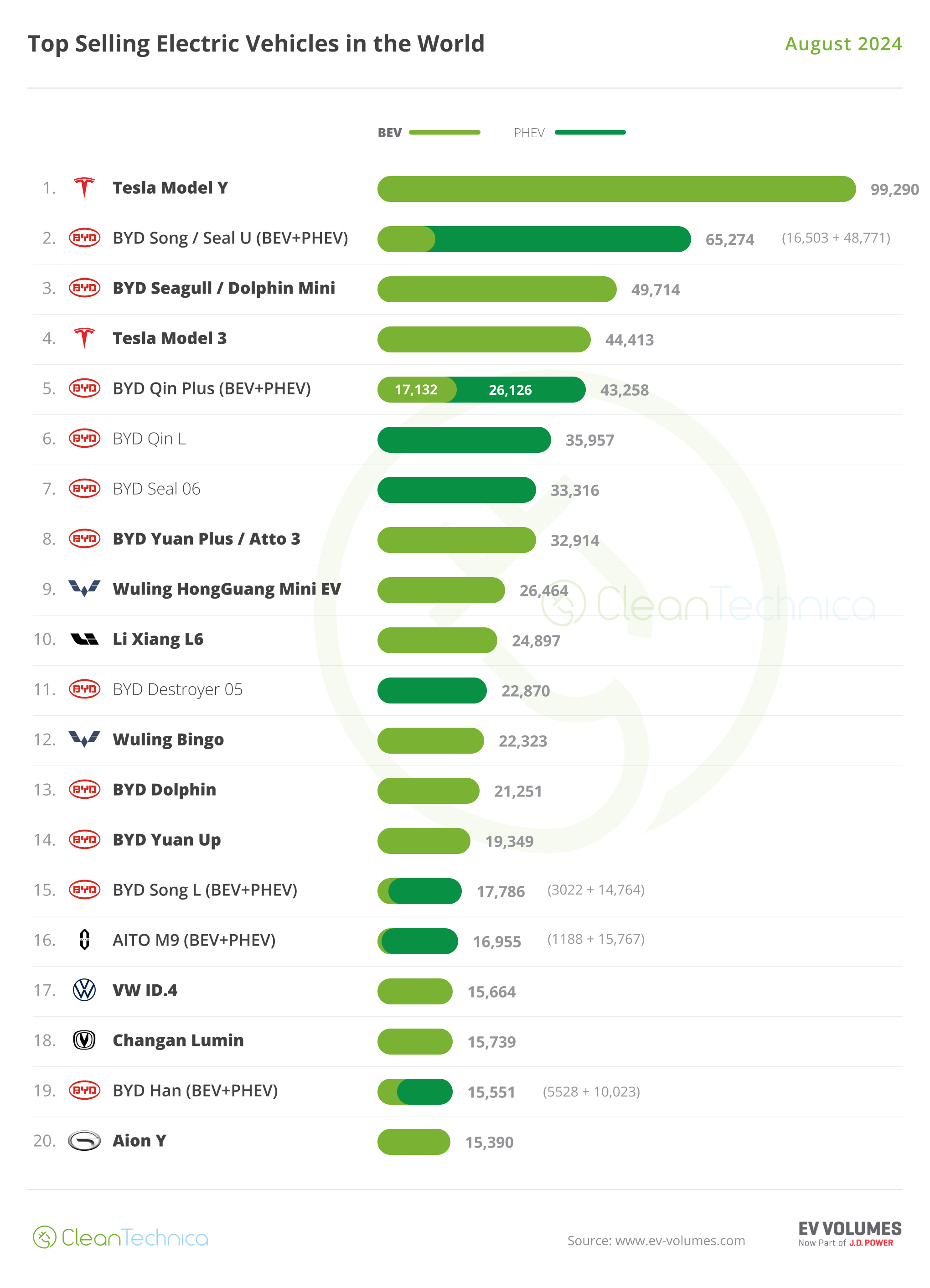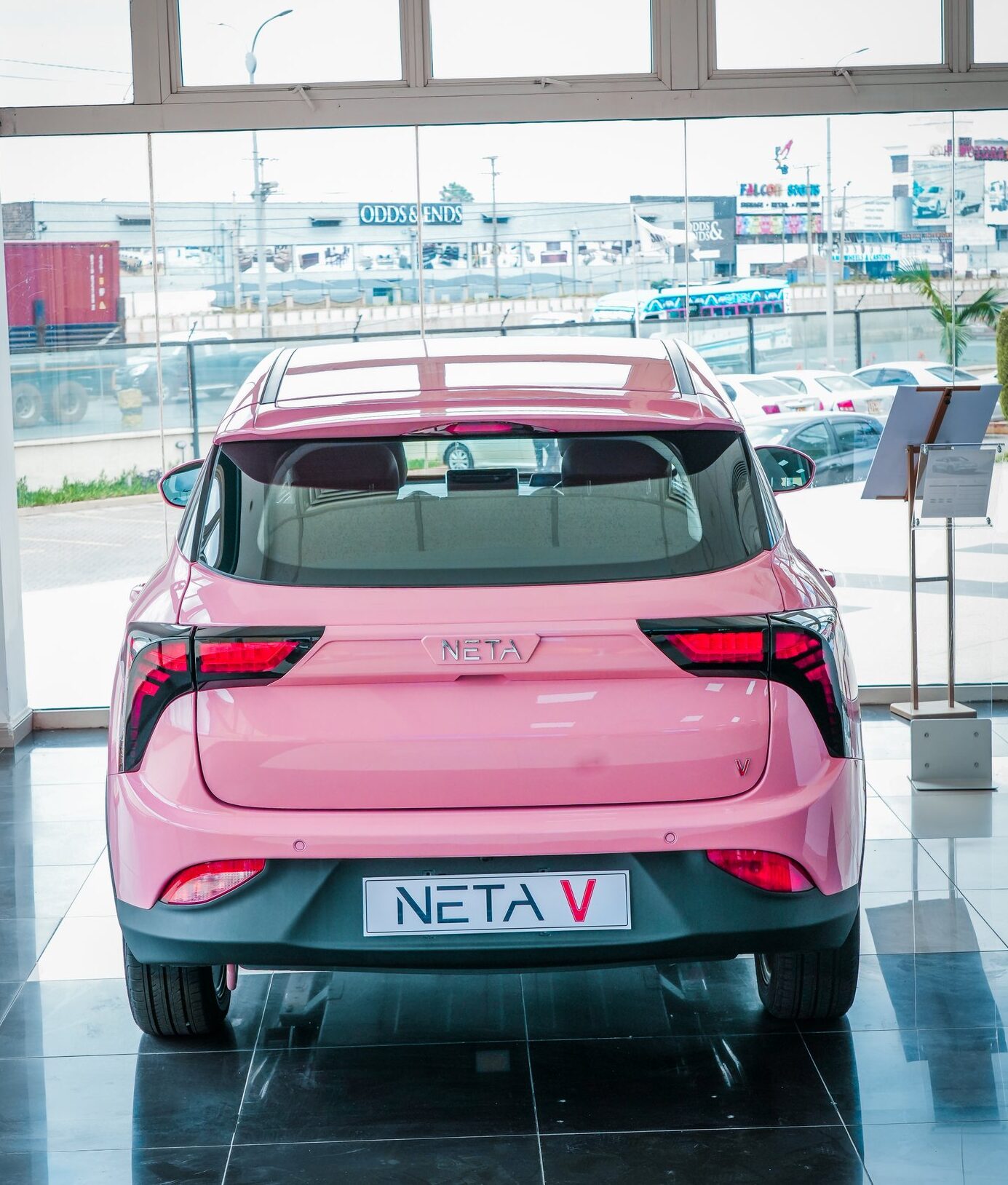Support CleanTechnica’s work through a Substack subscription or on Stripe.
The 30th Conference of the Parties to the United Nations Framework Convention on Climate Change (UNFCCC) is known by the shorthand “COP30.” These meetings are annual opportunities for leaders from around the world to discuss efforts to combat human-induced climate change. Participants work together to negotiate agreements on topics such as climate mitigation, financing and adaptation.
COP30 UN climate talks started in Brazil on Monday, but President Luiz Inacio Lula da Silva had warned earlier of “extremist forces” spreading climate lies. Already misinformation and disinformation are surging as he calls for a global pathway to end deforestation and fossil fuels. “We need a roadmap to plan a just way to undo deforestation, overcome fossil fuels, and mobilize the resources needed for those aims,” Lula told leaders at the summit days before the United Nations’ COP30 climate talks began in the coastal Amazon city of Belem.
Why is climate denial so rampant? Today’s media is very different from your grandparents’ local newspapers. Rather than relying on on-the-ground reporters and written narratives, today’s information spaces are filled with multimodal content — visual, audio, video, digital, and print texts. These have advantages over a sole reliance on print, as media consumers can now draw upon a variety of senses to learn about the world around them. That’s good, except that some people and organizations in our post-truth society have appropriated the digital multimedia landscape to misrepresent climate information. That’s caused many citizens around the world to question a warming world and to empathize with corporate, self-serving malfeasance.
One mechanism of digital climate deception is to design nuanced and visually appealing graphics that look a lot like real scientific figures and charts. These misrepresentations are so realistic that their underlying content is difficult for viewers to assess for authenticity. Those viewers are more likely to then dismiss scientific evidence of human-caused climate change.
“Much of this content borrows the look and feel of science: technical graphs, neutral colors, and data-heavy visuals that give an aura of objectivity, even when the message itself is misleading,” researcher Petter Törnberg told Anthropocene. “Many of these posts look like they come straight out of a research paper or a report from a climate conference. But they twist or cherry-pick data to cast doubt on established science,” he adds. It’s a form of scientific mimicry that performs rationally and credibly “while undermining the scientific consensus.”
Climate Action Against Disinformation (CAAD) along with the Observatory for Information Integrity, have issued a report that describes a 267% increase in COP-related disinformation between July and September, with keywords related to the global conference appearing 14,000 times alongside words like “disaster,” “joke,” “catastrophe” and “failure.”
The report “exposes big carbon and big tech’s grand illusion that makes us underestimate public support for climate action, making us feel like the battle is over, despite the fact that not only is it still happening,” CAAD communications co-chair Philip Newell told Forbes. “But we may just be winning, because of progress that is being made all over the world,” he added.
Misinformation and disinformation have been around for decades and have been misleading the public while serving the interests of fossil fuels and the technology sector. “This is the impact of climate disinformation,” the CAAD report outlines. “Big Carbon’s spending and Big Tech’s algorithms are preventing us from seeing and hearing one another online. Instead, we’re exposed to one lie after another.”
Examples Of Disinformation Within The Brazilian Host Country
Ahead of COP30, FALA’s Observatory for Information Integrity project and its accompanying “Oii” newsletter document how disinformation has been used to hurt Brazilians through multimodal posts spread across internet platforms and which interact with algorithms.
One notable instance featured the use of generative AI to create an entirely fake story. The AI clip is of a flooded city, supposedly Belém, except, as Oii writes, “the reporter doesn’t exist, the people don’t exist, the flood doesn’t exist, and the city doesn’t exist. The only thing that does exist is the abundance of angry comments against the politician mentioned in the video and against the climate conference in Belém, on X (formerly Twitter) and TikTok.”
A lie about Brazil’s environmental regulations was spread at least 1,383 times on social media before Brazil’s congress voted to gut the standards via the “Devastation Bill” — the biggest environmental policy setback since Brazil’s military dictatorship.
COP30 remains a target of digital abuse, which fits with the fact that women and climate scientists are often singled out for the type of misogynistic hate online that platforms have failed to address. A case in point is a 150% increase in “Janjapalooza” and “Golpe30” posts after false reports that First Lady Janja da Silva would be a spokesperson for COP30. This continues the attacks that were first directed at the First Lady for organizing an event on hunger and poverty during the November 2024 G20 summit.
Final Thoughts
A US delegation of more than 100 leaders is participating in COP30, including governors, mayors, and other top city and state officials. The delegation is led by US Climate Alliance co-chair Wisconsin Governor Tony Evers, New Mexico Governor Michelle Lujan Grisham, America Is All In managing co-chair Gina McCarthy, and Climate Mayors chair and C40 Cities vice chair Phoenix Mayor Kate Gallego. No reps from the Trump administration will be in attendance.
Participating US leaders are reinforcing their commitment to the Paris Agreement’s goals and sharing local climate solutions to lower energy costs, grow jobs, and cut dangerous pollution in the US. They’ll have their work cut out for them, as combating climate misinformation and disinformation will require them to explain climate change beyond facts and describe how multimodal content misrepresents the underlying climate emergency. In the same way that digital misinformation and disinformation embrace emotion and visual narratives, so, too, will the US delegation need to impart compelling stories about real people and the crises they face as a result of climate change.
Meanwhile, the Cúpula dos Povos Boat Parade will arrive tomorrow at COP30. It consists of over 200 vessels carrying nearly 5,000 participants from 60 countries. Grassroots Global Justice Alliance, Indigenous Environmental Network, Climate Justice Alliance, and Just Transition Alliance delegation representatives have joined the Movement of a people Affected by Dams (MAR), the International delegation to the Peoples Summit, and Palestine Solidarity Floatilla boats to denounce false climate solutions and highlight community-led environmental protection.
The Boat Parade participants are working in solidarity with the global climate justice movement, global climate activists, and representatives of frontline-affected communities. They have joined together to symbolize resistance against corporate exploitation and infrastructure projects like Ferrogrão and Northern Arc waterways, which threaten the Amazon, rivers, Indigenous lands, and traditional communities. The Boat Parade showcases community-led solutions: agroecology, sustainable livelihoods, and clean rivers.
Sign up for CleanTechnica’s Weekly Substack for Zach and Scott’s in-depth analyses and high level summaries, sign up for our daily newsletter, and follow us on Google News!
Have a tip for CleanTechnica? Want to advertise? Want to suggest a guest for our CleanTech Talk podcast? Contact us here.
Sign up for our daily newsletter for 15 new cleantech stories a day. Or sign up for our weekly one on top stories of the week if daily is too frequent.
CleanTechnica uses affiliate links. See our policy here.
CleanTechnica’s Comment Policy




